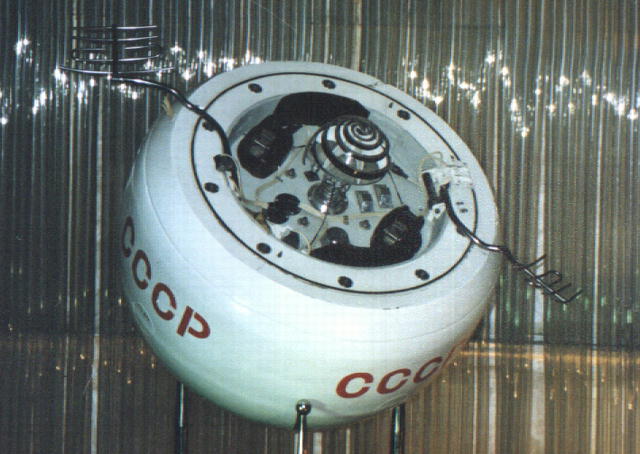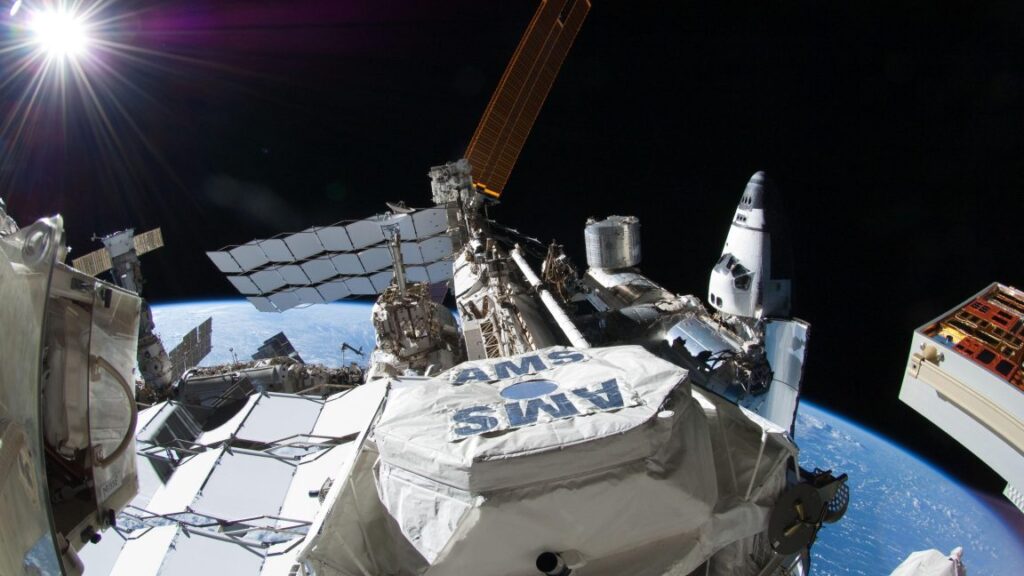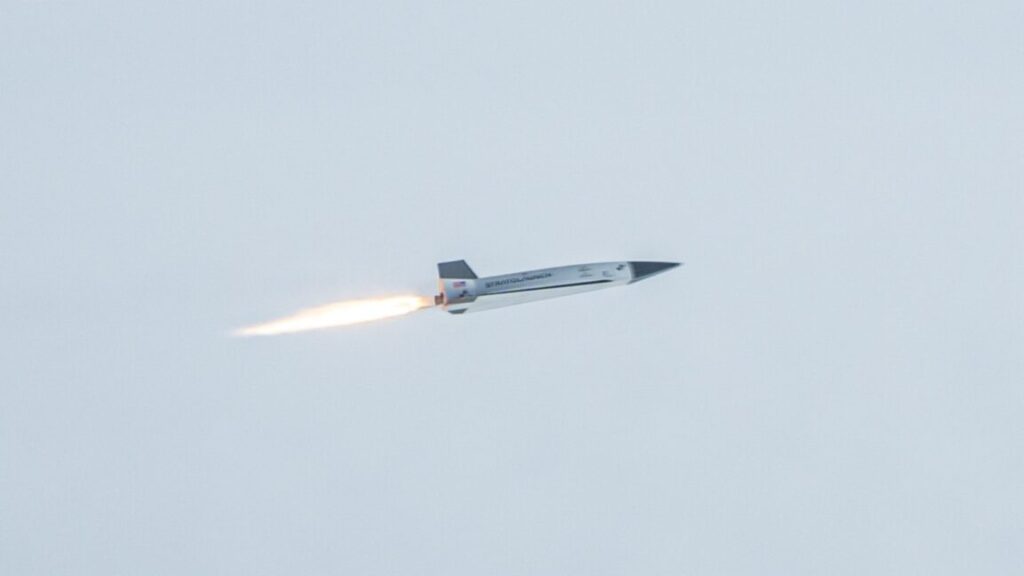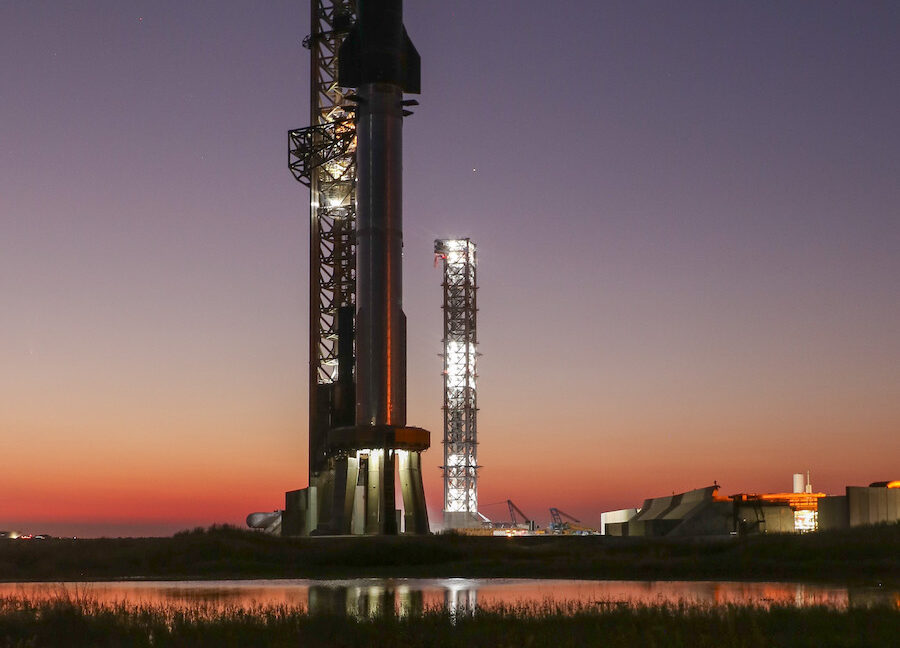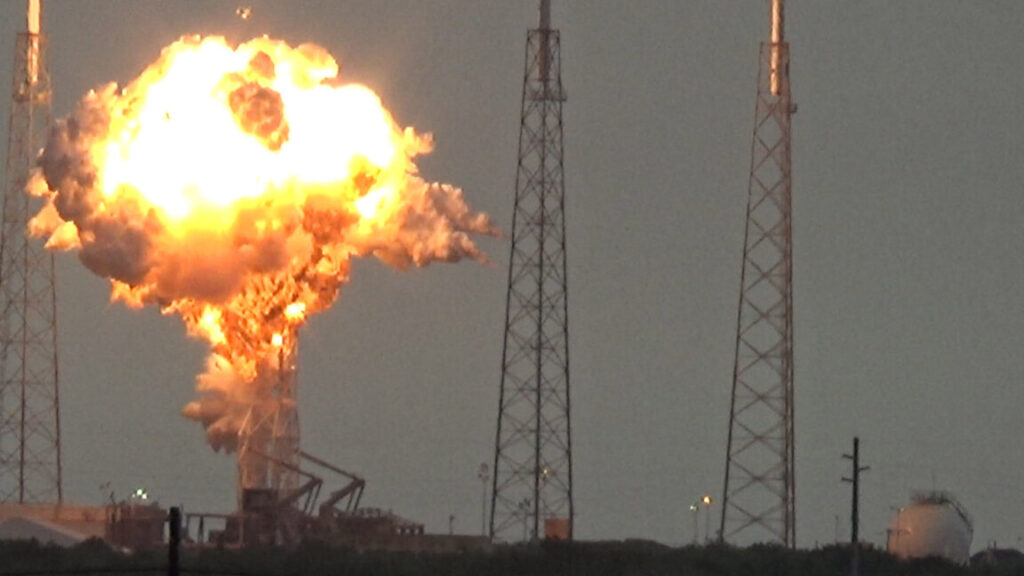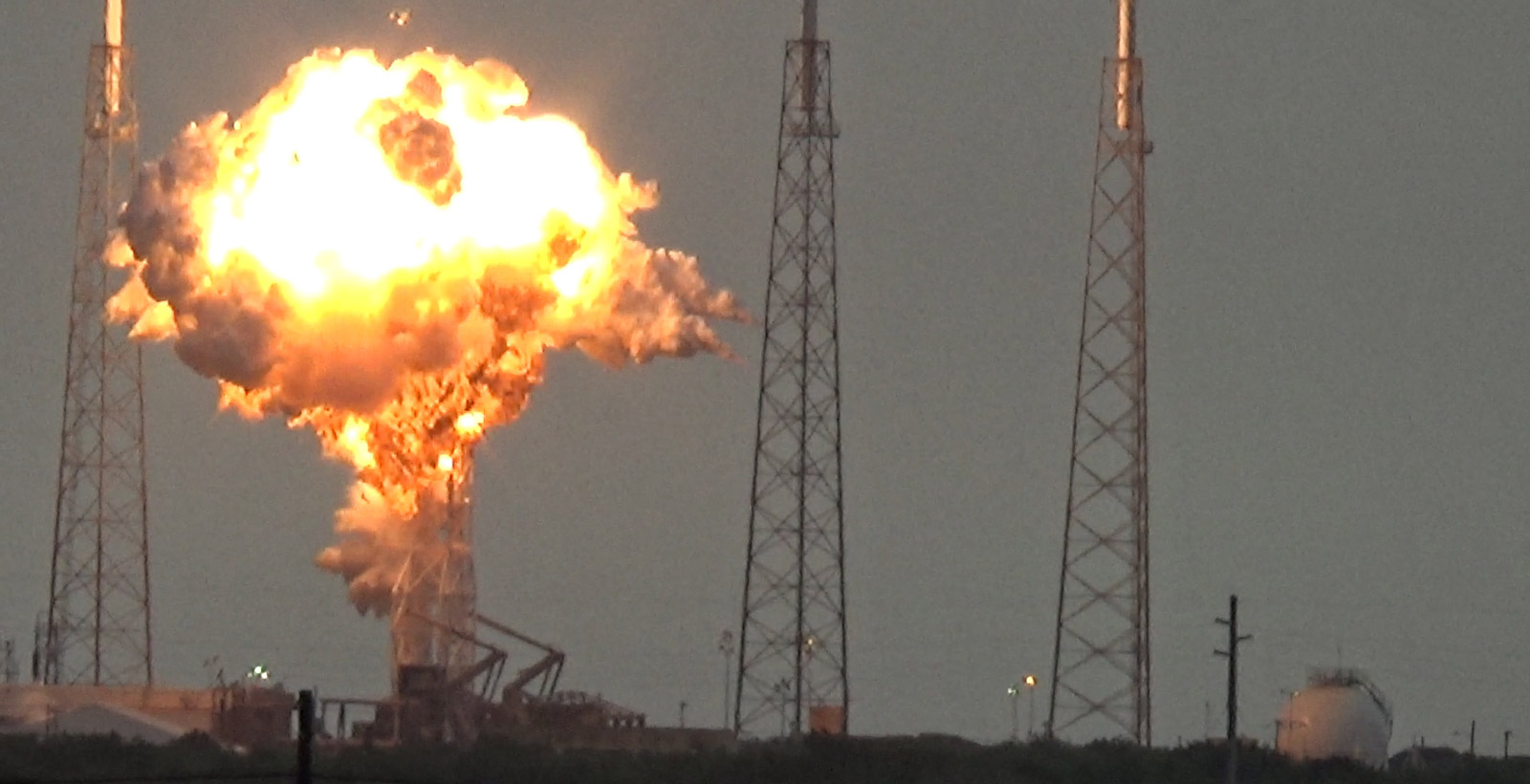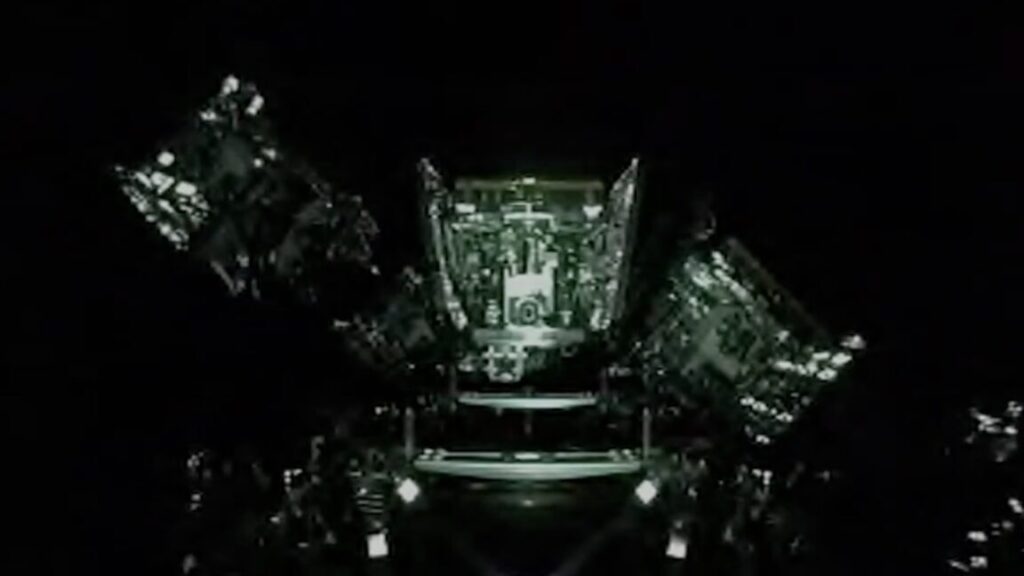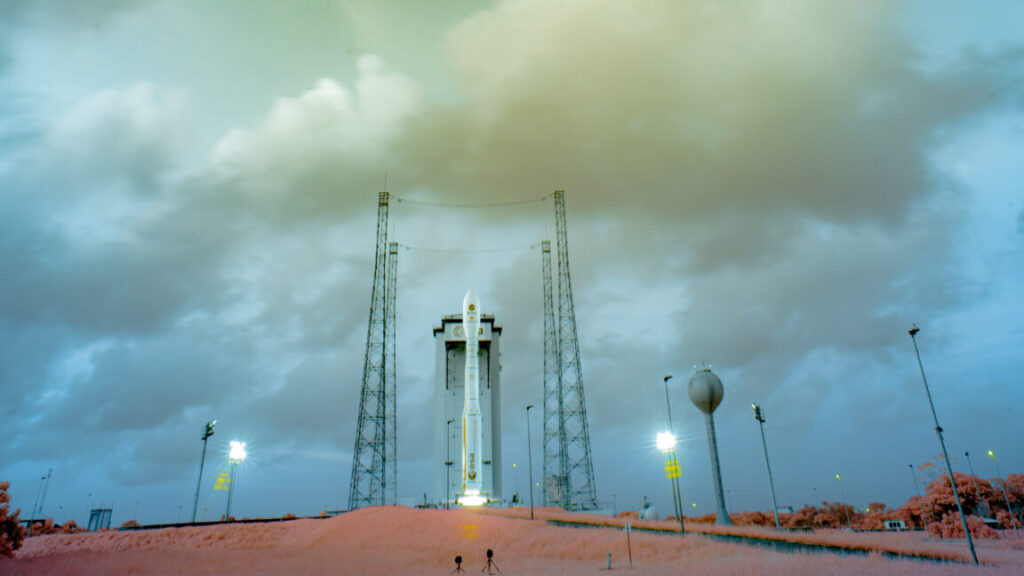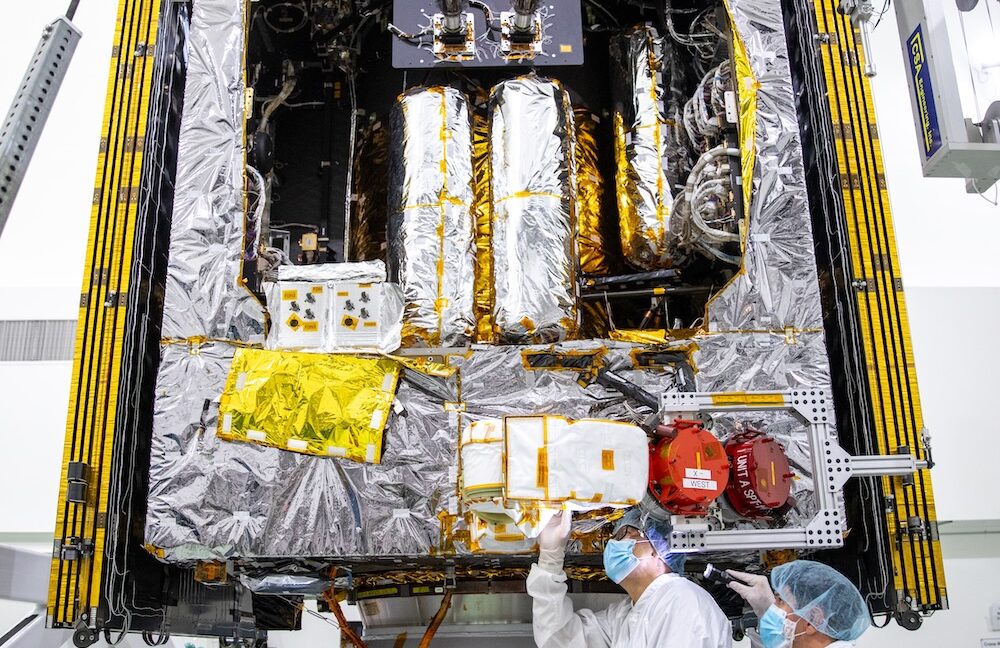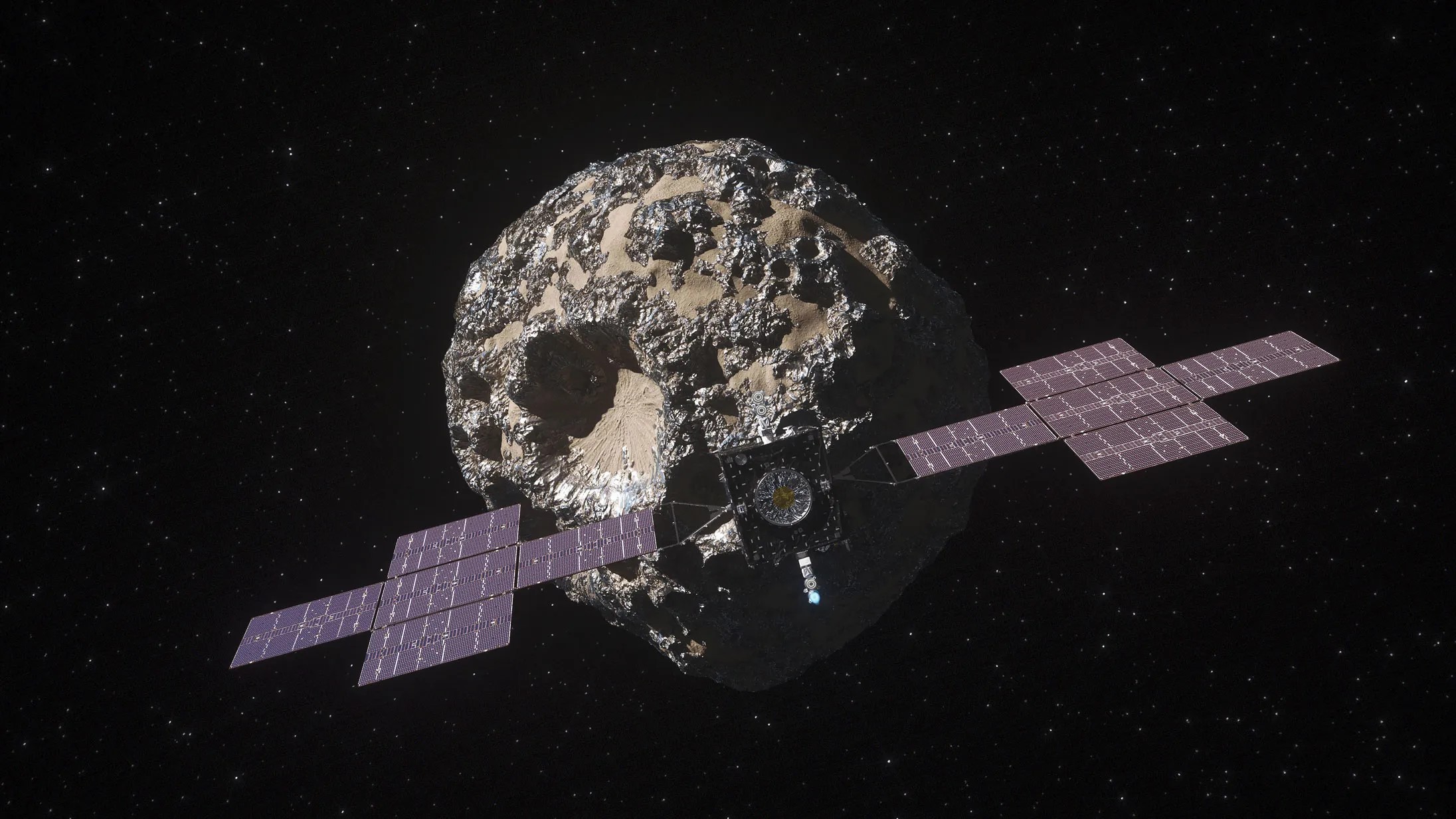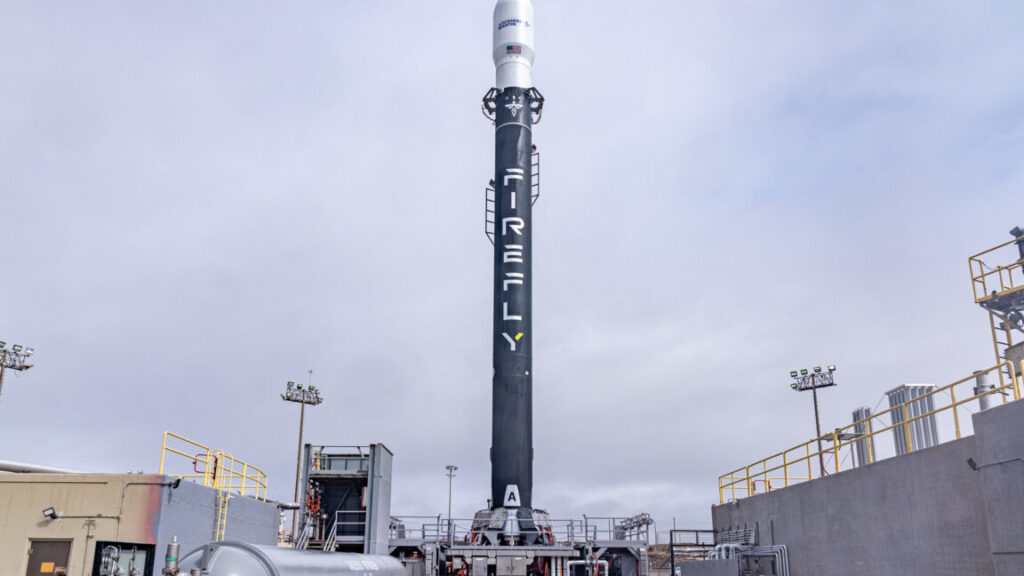A Soviet-era spacecraft built to land on Venus is falling to Earth instead
Kosmos 482, a Soviet-era spacecraft shrouded in Cold War secrecy, will reenter the Earth’s atmosphere in the next few days after misfiring on a journey to Venus more than 50 years ago.
On average, a piece of space junk the size of Kosmos 482, with a mass of about a half-ton, falls into the atmosphere about once per week. What’s different this time is that Kosmos 482 was designed to land on Venus, with a titanium heat shield built to withstand scorching temperatures, and structures engineered to survive atmospheric pressures nearly 100 times higher than Earth’s.
So, there’s a good chance the spacecraft will survive the extreme forces it encounters during its plunge through the atmosphere. Typically, space debris breaks apart and burns up during reentry, with only a small fraction of material reaching the Earth’s surface. The European Space Agency, one of several institutions that track space debris, says Kosmos 482 is “highly likely” to reach Earth’s surface in one piece.
Fickle forecasts
The Kosmos 482 spacecraft launched from the Baikonur Cosmodrome, now part of Kazakhstan, aboard a Molniya rocket on March 31, 1972. A short time later, the rocket’s upper stage was supposed to propel the probe out of Earth orbit on an interplanetary journey toward Venus, where it would have become the third mission to land on the second planet from the Sun.
But the rocket failed, rendering it unable to escape the gravitational grip of Earth. The spacecraft separated into several pieces, and Russian engineers gave up on the mission. The main section of the Venus probe reentered the atmosphere in 1981, but for 53 years, the 3.3-foot-diameter (1-meter) segment of the spacecraft that was supposed to land on Venus remained in orbit around the Earth, its trajectory influenced only by the tenuous uppermost layers of the atmosphere.
The mission was part of the Soviet Union’s Venera program, which achieved the first soft landing of a spacecraft on another planet with the Venera 7 mission in 1970, and followed up with another successful landing with Venera 8 in 1972. Because it failed, Soviet officials gave the next mission, which would have become Venera 9, a non-descriptive name: Kosmos 482.
A Soviet-era spacecraft built to land on Venus is falling to Earth instead Read More »
